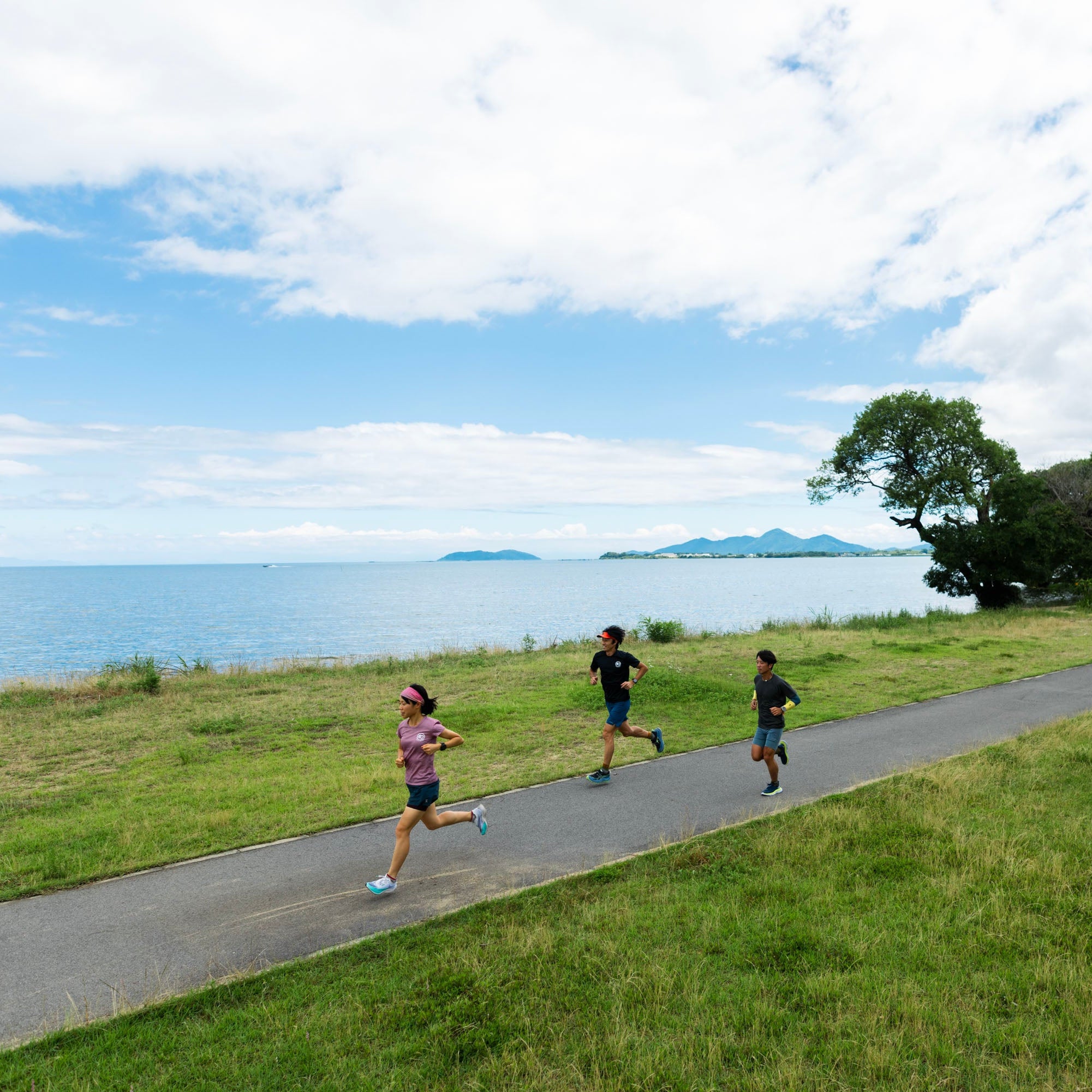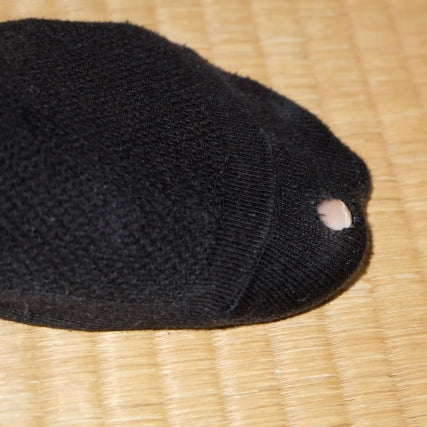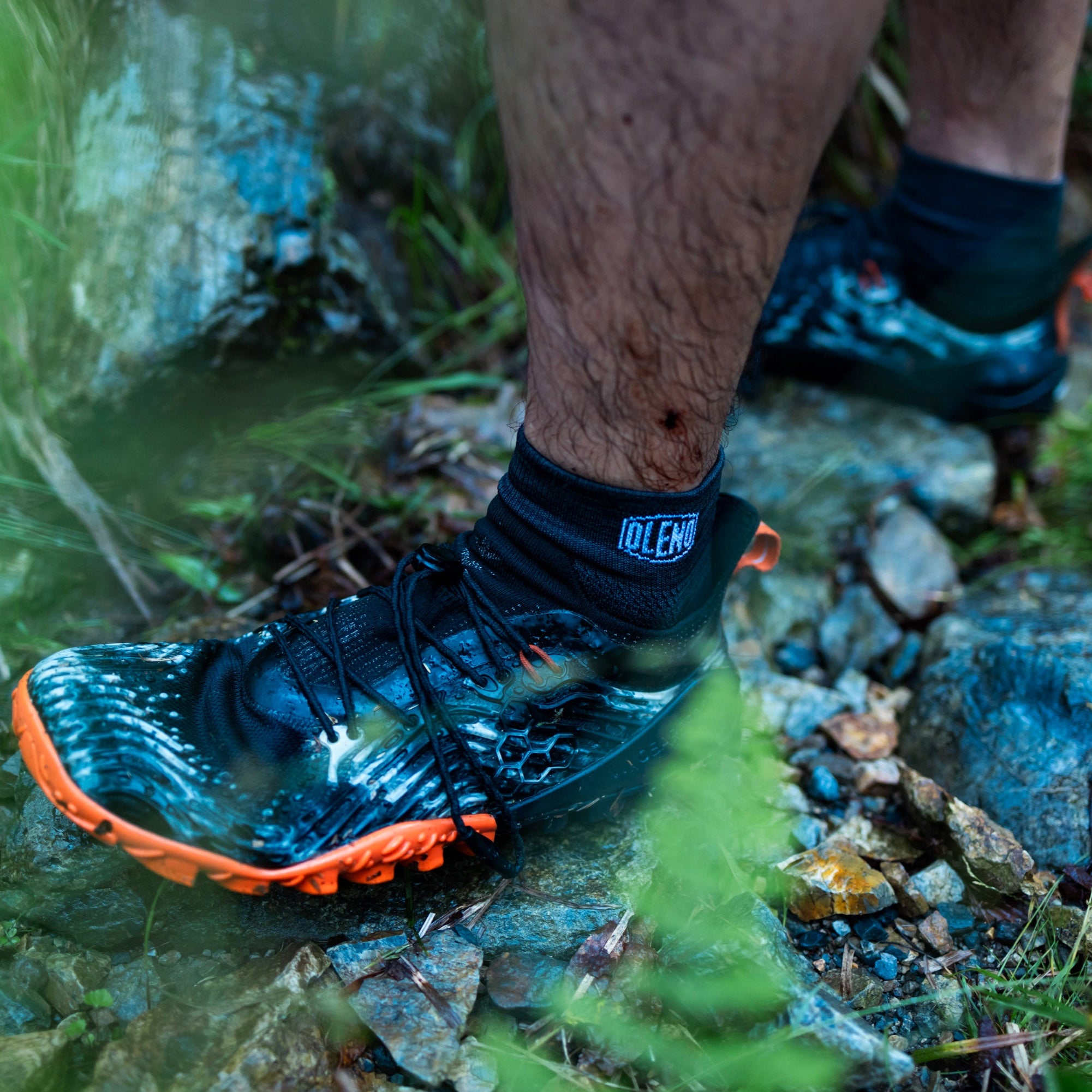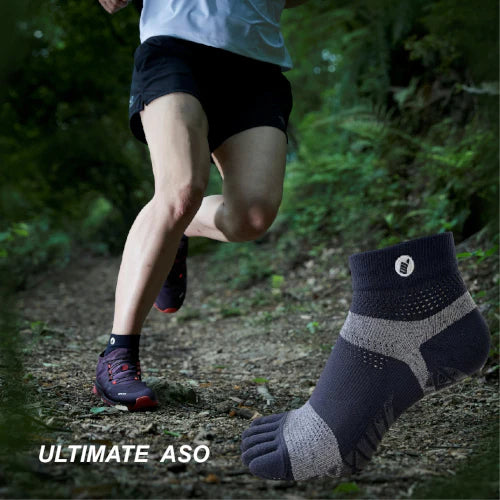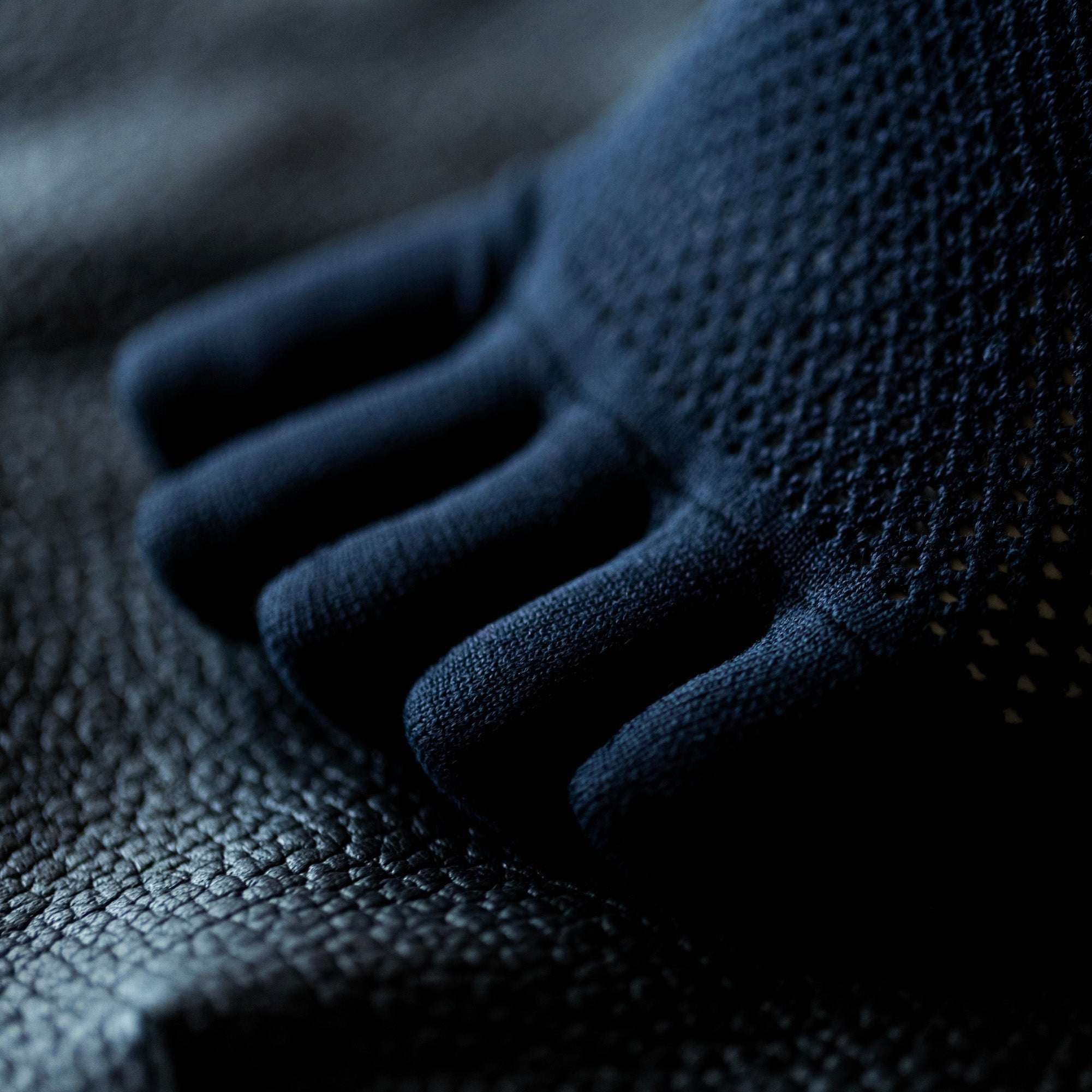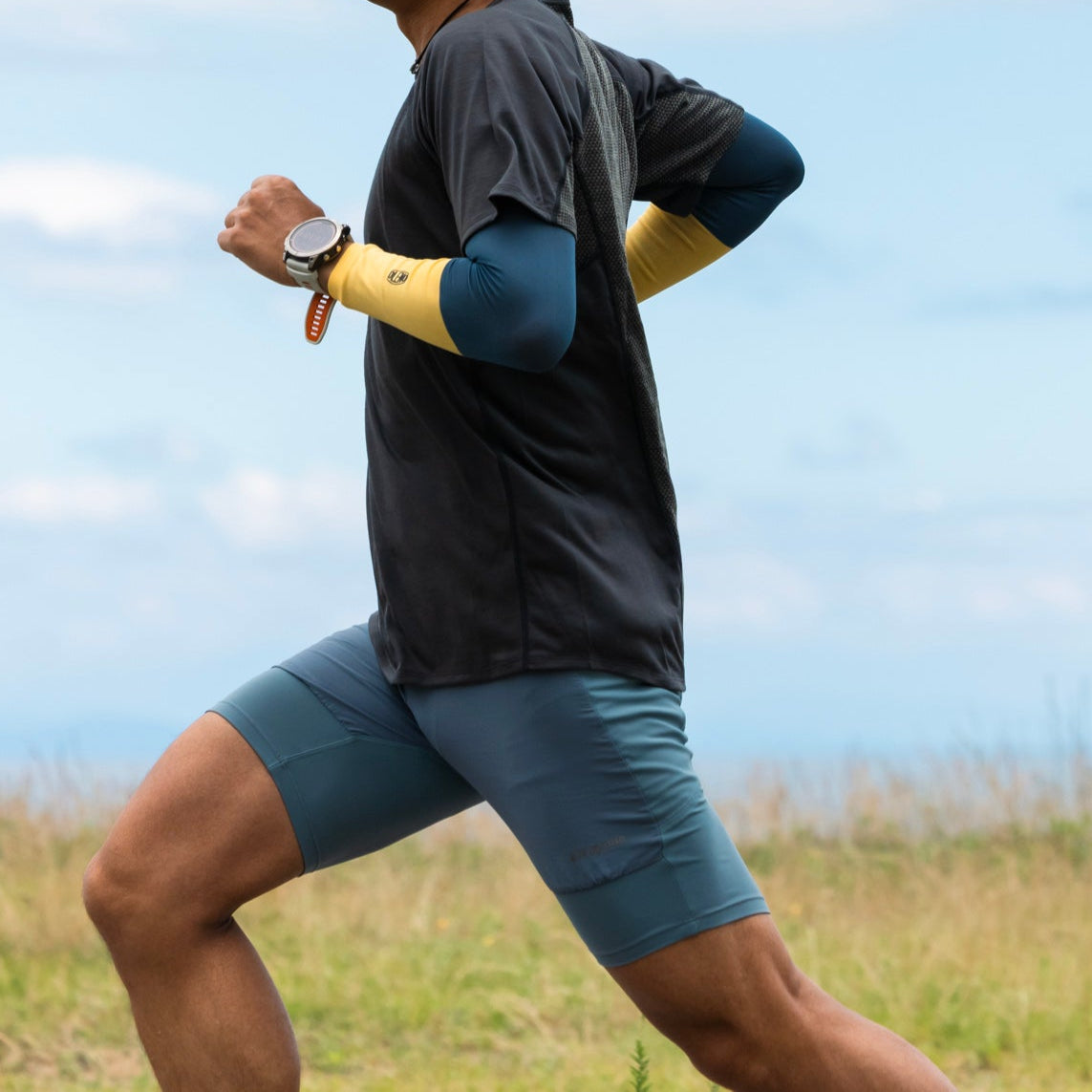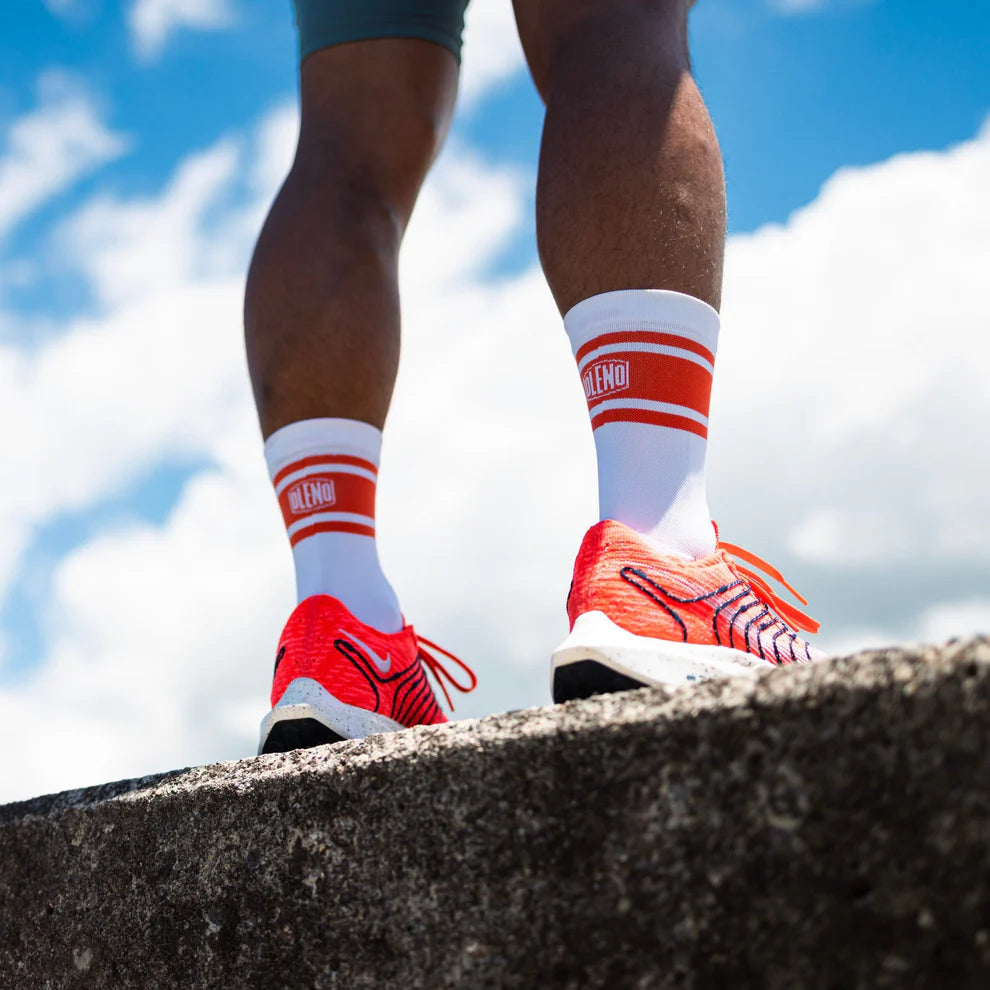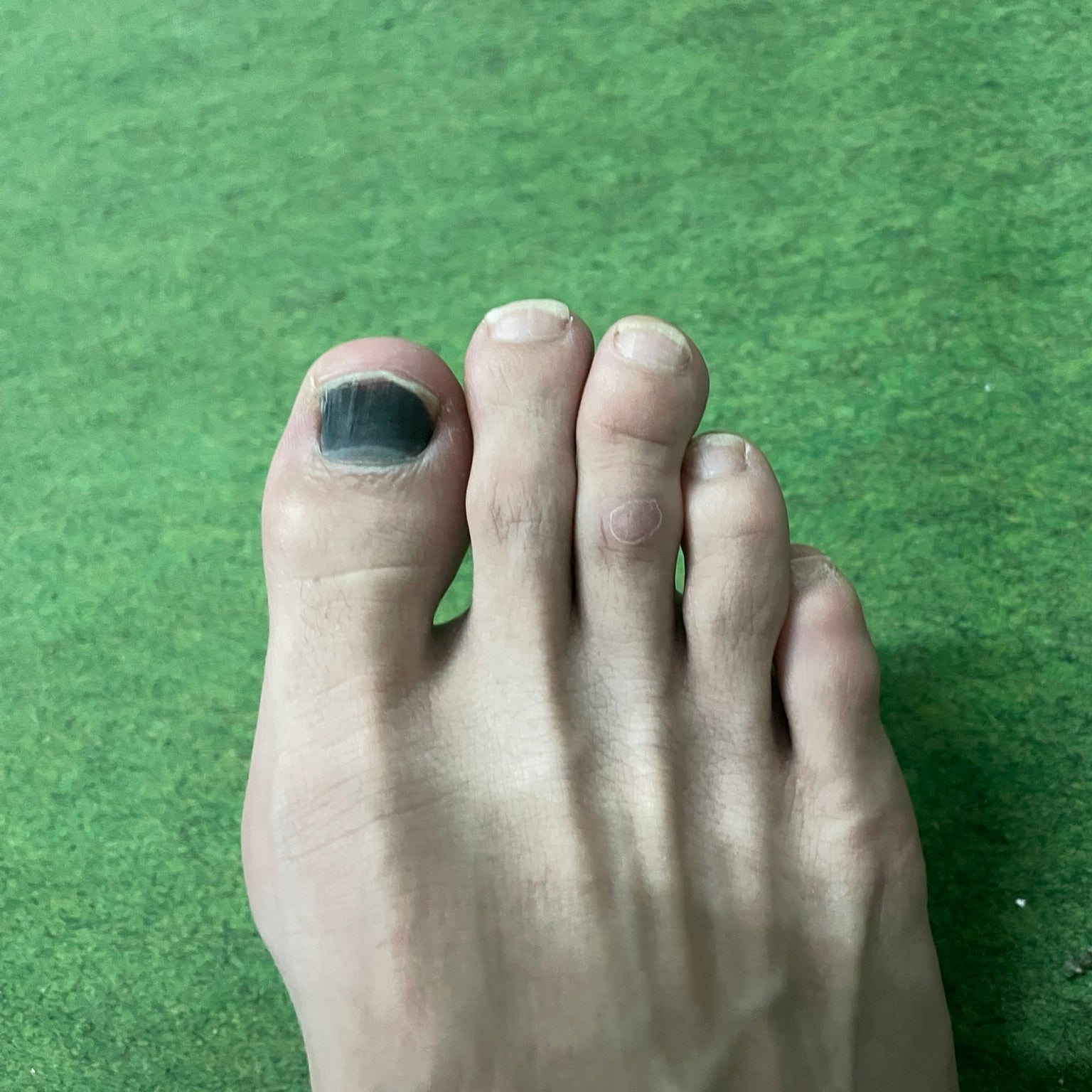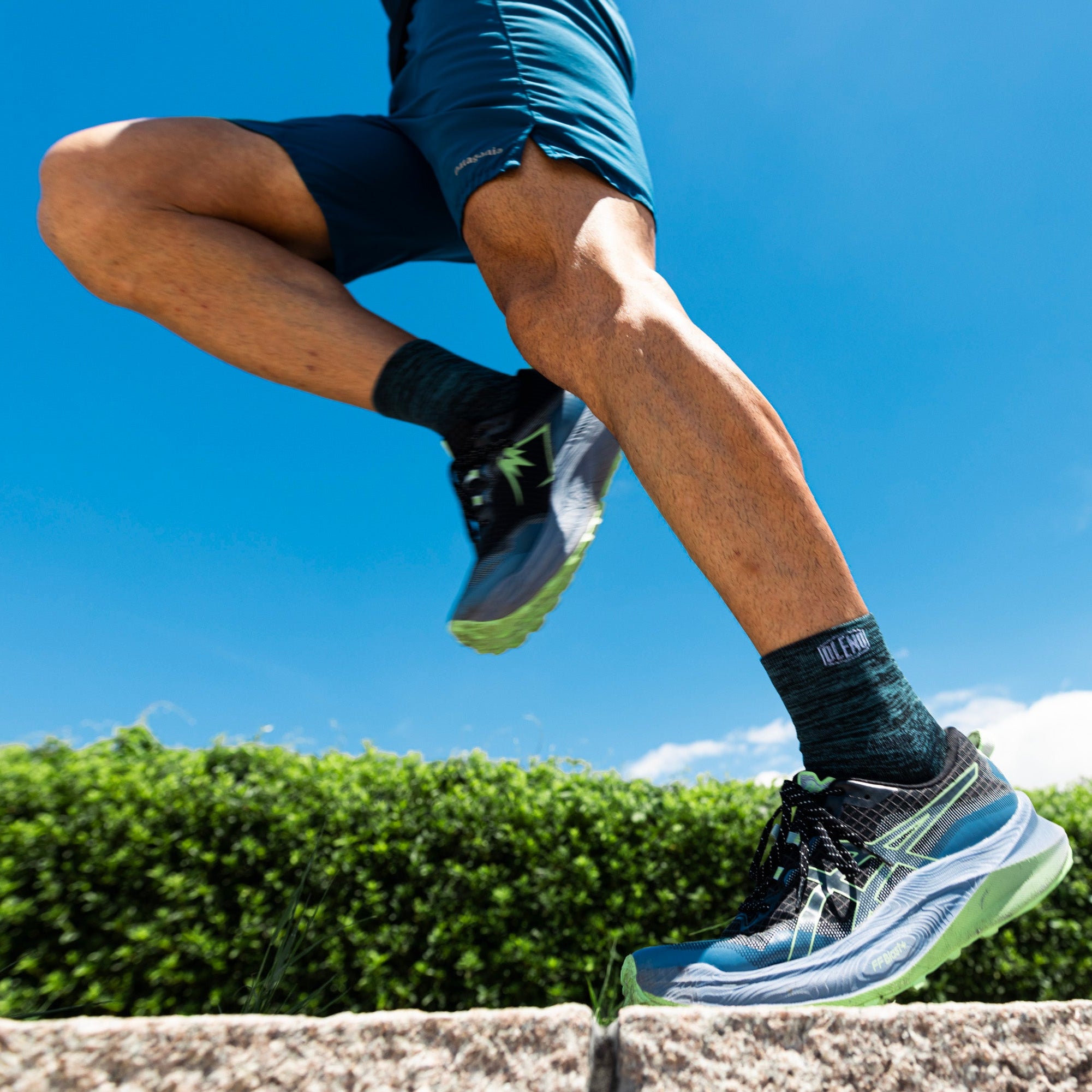Hello, we are OLENO, an outdoor and sports sock brand.

Many people who enjoy running or trail running are probably troubled by the fact that their favorite socks tear easily. If you feel like your socks get holes easily or tear for some reason, it's important to first understand the cause of the tears.
In fact, there are several reasons why socks tear, and by understanding these and taking measures, you can continue to wear them comfortably for longer.
This time, we will explain in detail the causes of sock tears while running, how to prevent them , and how to choose durable socks . Finally, we will also introduce some highly durable running socks developed by our company, so please take a look.
【table of contents】
1. Typical lifespan of running socks
2. The main causes of torn socks
3. How to choose durable socks
4. "Highly durable running socks" developed by OLENO
1. Typical lifespan of running socks
The lifespan of running socks varies greatly depending on frequency of use, distance traveled, material, and maintenance method , but the following is a general guideline.
- Use once or twice a week (approximately 30-50km/month)
→ Approximately 6 months to 1 year
- Use 3-4 times a week (approximately 80-150km/month)
→ About 3 to 6 months
- Harsh use such as full marathons and trail running
→ Approximately 2 to 4 months
Therefore, if your watch tears sooner than the number of days mentioned above, please take a moment to review the causes of the tearing that are behind the problem of holes appearing so quickly.
2. Main causes of torn socks
When running or trail running, your feet move more vigorously than in everyday life, putting a lot of strain on your socks. This is one of the causes of tears that cannot be ignored, no matter how durable your socks are. If you feel like your socks are " easily getting holes ," try comparing your usage with the following points.
In particular, the heels and toes come into contact with the ground frequently when running, so they are likely to be more susceptible to stress.
① Deterioration due to friction (toes and heels)

When running, your feet move back and forth and side to side inside your shoes , causing the fabric of your socks to rub against the inside of your shoes. This friction builds up, especially over long distances, making the toes and heels more susceptible to tearing.
This is a typical example of the problem that many runners face: socks that easily develop holes , and it is something you should keep in mind as the first step in choosing socks that are resistant to tears .
【countermeasure】
Choose socks that are highly abrasion-resistant (nylon blends or reinforced).
- Review the fit of your running shoes (if they are too big, your feet will move around easily inside the shoes)
・Thoroughly remove any foreign objects (sand or pebbles) from inside your shoes
② Poor compatibility with shoes (toes and heels)

If you run repeatedly in shoes that are the wrong size, the heel will move, causing increased friction and causing your shoes to wear out faster. Also, if your running shoes have hard seams or protrusions on the inside, friction will be concentrated and they will be more likely to develop holes.
This kind of incompatibility can be a serious cause of tears that shorten the lifespan of socks .
【countermeasure】
- Try on the item before you buy it. (Avoid buying online without seeing the actual item.)
・Listen to the advice of the staff at the specialty shop and choose the right shoes
③ Nail catching (toes)

The feet of long-distance and trail runners are prone to having their toenails deformed and thickened due to repeated impacts, which can put extra strain on the toe area of socks and cause holes to form.
Particular care is required if the fabric at the toe is thin, as this can result in holes developing quickly .
【countermeasure】
・ Trim your nails regularly (if they are too long or have sharp corners, they can easily damage your socks)
・Choose socks with reinforced toes・Use five-finger socks (to reduce friction between the toes)
④ Deterioration of rubber (toe and heel)

Socks have rubber around the opening and arch of the foot, but if this rubber deteriorates, the socks will slip out of place, which will increase friction and make them more likely to tear. Also, if the rubber loosens, the fit will decrease and excessive movement will occur inside the shoes.
【countermeasure】
・Use a laundry net when washing and wash gently. ・Avoid using a dryer (heat can easily cause rubber to deteriorate).
Choose socks that fit properly
⑤ Deterioration of materials (toes and heels)
Regular cotton socks are highly absorbent but not very durable .
In particular, 100% cotton socks tend to have a short lifespan and are prone to tearing , and strenuous exercise like running will cause the fabric to wear out quickly and tear quickly.
To ensure they last longer, it is important to choose a sock material that is resistant to wear and tear .
【countermeasure】
- Choose durable materials (nylon, polyester, wool blends, etc.)
・Choose socks that are breathable and allow moisture to escape. ・If you wear socks several times a week, rotate multiple pairs.
⑥ Running habits (toes and heels)

Some runners put excessive pressure on certain areas of their feet when they land (like the big toe, pinky toe, or heel), which can cause certain areas of your socks to wear out more quickly.
This can lead to uneven wear and tear, which can cause even the most durable socks to develop holes in certain areas.
【countermeasure】
・Be conscious of your balance when landing (heel, toes, and entire sole of the foot)
・Record and check videos to improve your form . ・Use insoles to evenly distribute the pressure on the soles of your feet.
3. How to choose durable socks
Of course, there are no socks that will never tear, but by choosing socks that are resistant to tearing and using them correctly, you can significantly extend their lifespan .
By choosing socks that meet the following criteria, you can ensure both comfort and durability while running.
✅ Made from highly abrasion-resistant material (nylon, polyester, and wool blend) ✅ Reinforced toe and heel areas ✅ Fits securely to the foot and prevents slipping.
✅ Highly moisture-wicking and quick-drying, preventing deterioration due to sweat.
✅ Five-toe socks and arch support reduce friction
4. "Tear-resistant running socks" developed by OLENO
Using the textile technology we have built up over 90 years since our founding and the highest quality materials, we have developed highly durable (tear-resistant) socks specifically for running.

Features
❶We use a high-strength nylon called Cordura nylon, which is also used by the military, to achieve abrasion resistance that is approximately six times that of regular running socks, and we aimed to create socks that are tear-resistant and will not easily develop holes even when trail running.
❷Reinforced toe and heel areas to prevent holes
❸Arch support and heel hold design prevents slippage while running
4. High grip significantly reduces movement inside the shoe (Ultra-grip silicone rubber non-slip on the sole, and Nanofront, a highly frictional fiber, on the ankle and top of the foot).
5. Conclusion
There are many factors that cause running socks to tear, including friction, catching on nails, deterioration of the rubber, durability of the material, and running style.
However, by taking the right measures, you can extend the life of your socks. If you know the causes of tears , the solutions are surprisingly simple.
Choosing the right socks is also very important. Choosing socks that are highly abrasion-resistant (less likely to tear) and reinforced will make your run more comfortable and enjoyable.
OLENO's durable running socks are a great companion for long-distance and trail runners.
We would like people who find that their socks " get holes in them easily " or "have to replace several pairs a month" to try out the tear-resistant performance of our socks .


